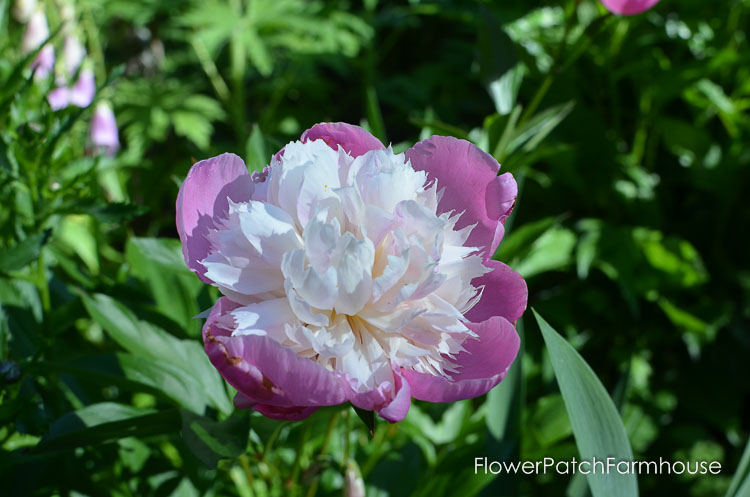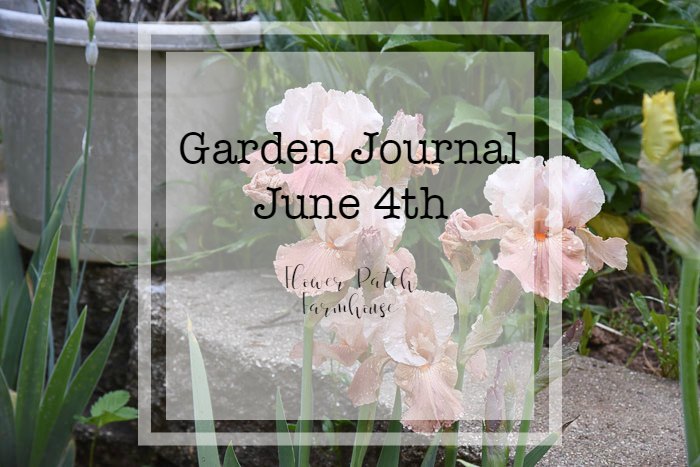Bloom Booster – Miracle or Marketing?
Have you seen fertilizers that are supposed to supercharge blooming? You may often see them advertised as a Bloom Booster for increasing the flowering or fruiting of plants.
Are Bloom Booster fertilizers all they are cracked up to be? Let’s take a closer look and see what we can find.
What are Bloom Booster Fertilizers?
Bloom booster fertilizers are specifically marketed as amazing mixes that claim to increase flower production and encourage lush blooms.

This post contains affiliate links. If you make a purchase after clicking a link I may make a small commission at no cost to you.
These fertilizer mixes come with a higher level of phosphorus, which is represented by the middle number of the N-P-K ratio on the fertilizer packaging.
If you have read about other fertilizers here you know that N is for Nitrogen, P is for phosphorus and K is for potassium.
You will note the middle number is much higher than the first on these two packages below.

This is typical of most bloom boosters, here is another but this one is a liquid.

The higher phosphorus content is what is supposed to do the job of increasing bloom production hence the name ‘bloom booster’.
Facts About Phosphorus
Does more phosphorus mean more blooms? Actually, not necessarily.
While phosphorus is essential for plant growth, its influence on flower production is not as dramatic as the marketing of the bloom booster products claim.
Lack of phosphorus can be noted as stunted plant growth and delayed flowering. Adding phosphorus to nutrient-deficient soil can help with plant health.
But, here is the key, most soils contain more than enough phosphorus for plants to thrive and this includes flowering and fruiting types.
Phosphorus moves through the soil slowly, so a fertilizer that is at a 3-2-1 NPK ratio is more than sufficient.
The key to healthy flowering plants is providing what is needed and no more.
Sorry, bombarding them with high doses of phosphorus won’t lead to the motherlode of flowers.
What’s the Harm of Bloom Boosters?
Yes, using a bloom booster can actually do more harm than good!
Elevated levels of phosphorus can lead to an imbalance of other nutrients.
This could potentially lead to causing deficiencies in elements like iron, calcium, and magnesium.
The excess phosphorus can block the plant’s ability to uptake these other trace elements.
Have you ever had to add some chelated iron for chlorosis?
You may have plenty of iron in your soil but if you have too much phosphorus the plants can’t utilize it.
Can you see how this could be a problem?
Though phosphorus moves slowly through the soil it can still leach out into bodies of water, contributing to pollution of lakes and streams.
Quote from the United States Geological Survey: “Phosphorus is an essential nutrient for plants and animals. However, excessive phosphorus in surface water can cause explosive growth of aquatic plants and algae. This can lead to a variety of water-quality problems, including low dissolved oxygen concentrations, which can cause fish kills and harm other aquatic life.”

Nature’s Own Bloom Booster
Keeping your soil healthy by composting and regenerative practices can go far in keeping your flowers blooming.
Regenerate Your Soil!
Regenerating the soil is the first step in the healthiest garden possible. This, in turn, promotes healthier plants that can combat diseases and pest pressure easily.
But note, that even overuse of compost or animal manure can create a high phosphorus problem in your soil as well.
Seaweed extract is a good source of micronutrients, amino acids, and natural plant hormones (hormones play a significant part in flowering) and can aid in flower production and increase plant resistance to stress without adding excess phosphorus.
The Power of Deadheading
Deadheading goes a long way in promoting more flowers.
Removing spent blooms allows the plant to channel its energy into producing more buds. (this applies to plants that are naturally engineered to continue, some have a one-time bloom no matter what)
So grab your pruners or snippers and get to work.
All the best tips
Deadheading Made Easy
By deadheading or removing the spent flowers before they go to seed, you can keep many summer flowers blooming well into Fall. Learn how easy it is to deadhead flowers in your garden!
Timing: Photoperiod and Flowering
While fertile soil and pruning can play a role, it is important to remember that many flowering plants are regulated by photoperiod.
Photoperiod is the length of time the plants are exposed to light.
Some plants bloom in response to specific day lengths, while others rely on factors like temperature and weather.
Consider spring bulbs, they need a period of cold to be able to bloom well.
So understanding the natural flowering patterns of plants and giving them the right growing conditions can do wonders in encouraging the best blooming.
Related: Bone Meal, What’s the Harm?
What About in Containers or Pots?
Most folks realize that nutrients in soils leach out quicker in pots or containers.
The frequent watering needed to keep the soil moist creates a nutrient deficiency faster than the soil in your landscape.

But still, most likely it is the nitrogen that gets leached out and not phosphorus so if you use a 3-2-1 ratio fertilizer you will be getting the proper amount for good flowering.
Just nurture your plants with the proper feed, healthy soil, proper pruning, and the right growing conditions and you will be rewarded with flourishing plants and plenty of flowers!
This is for you to understand more about this subject and in no way judge anyone who truly believes these types of fertilizers work for them.
Always remember that gardening is an unfolding journey of discovery, patience, and understanding. By paying attention to the unique needs of your plants, you will be well on your way to creating a blooming haven in your garden.







